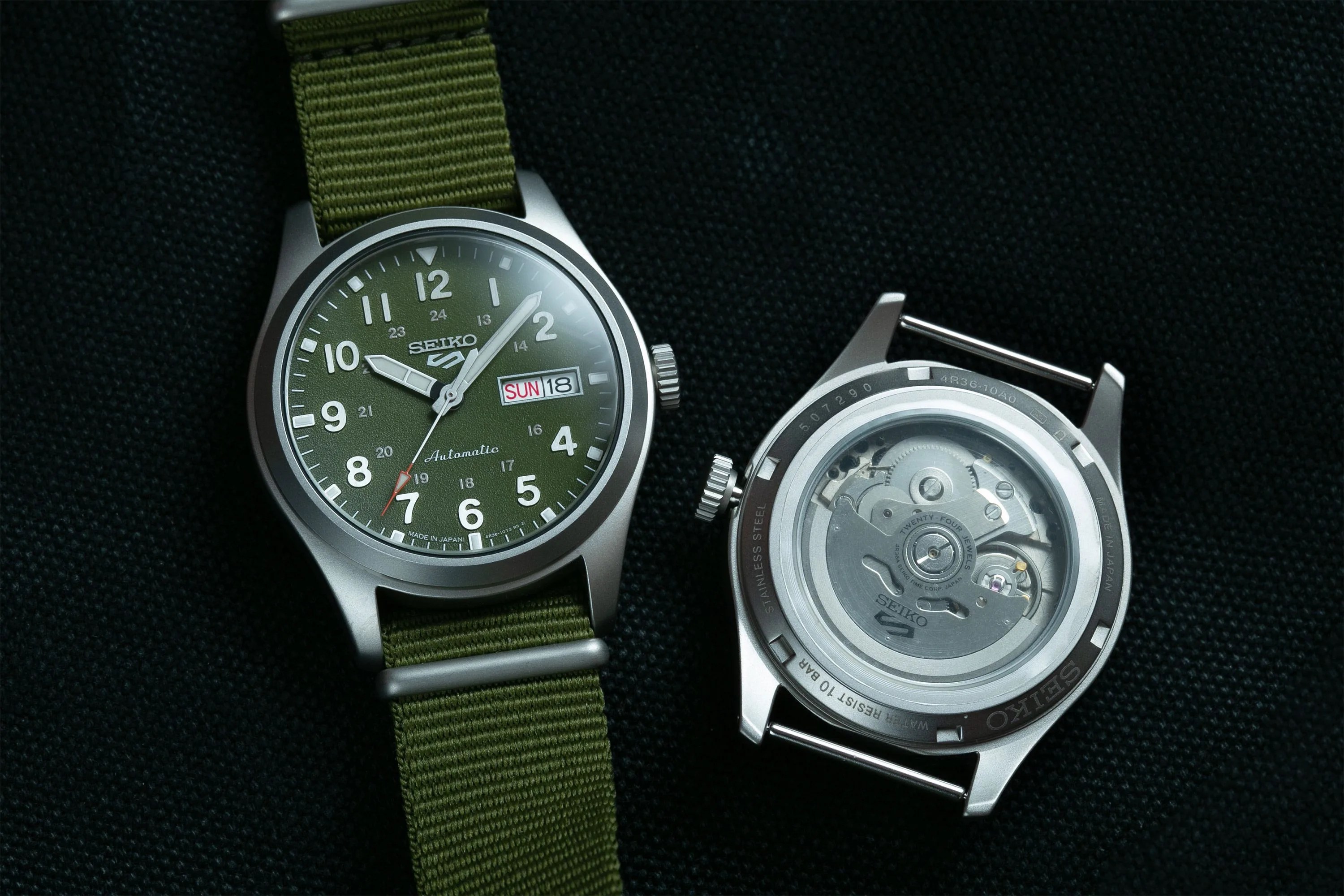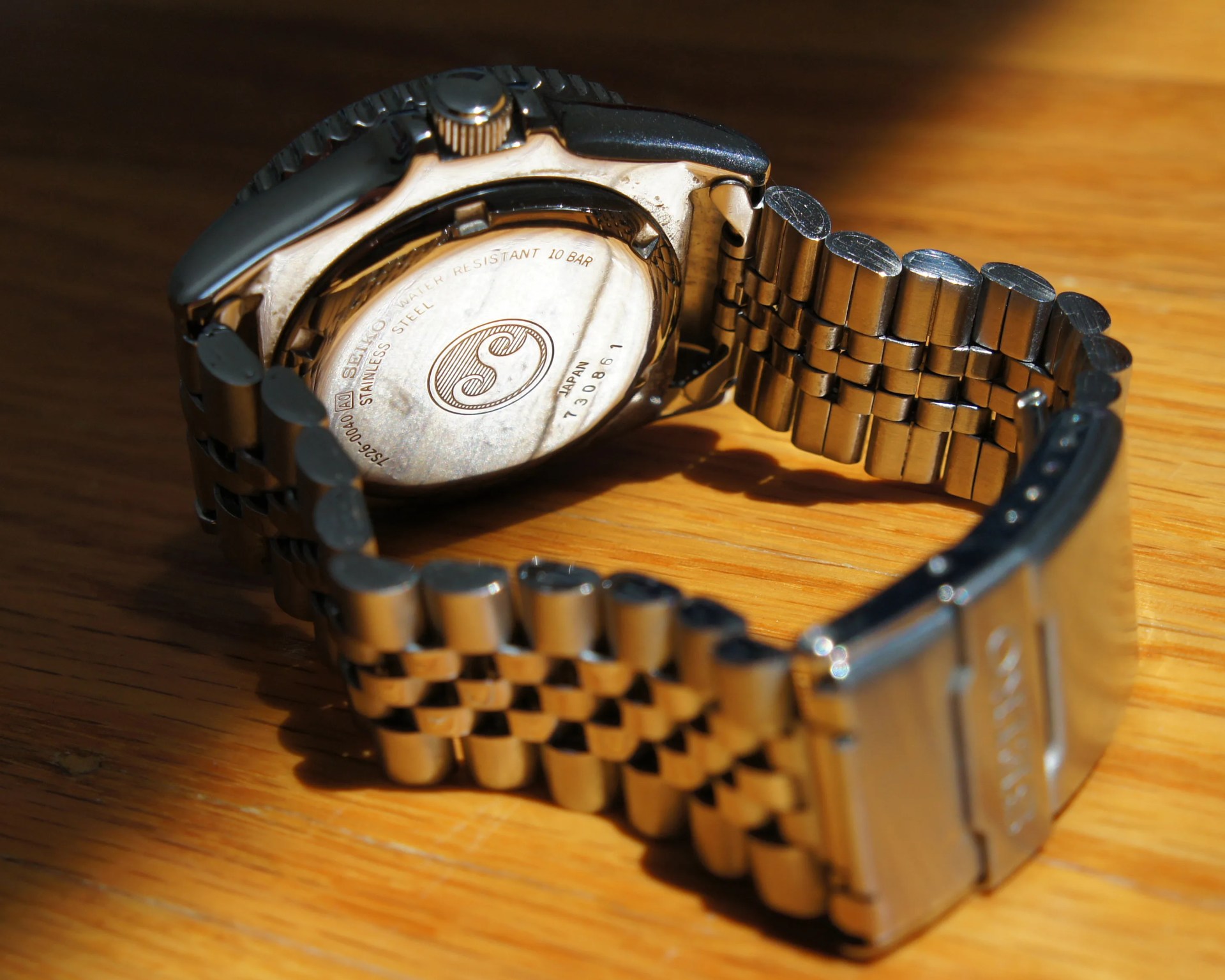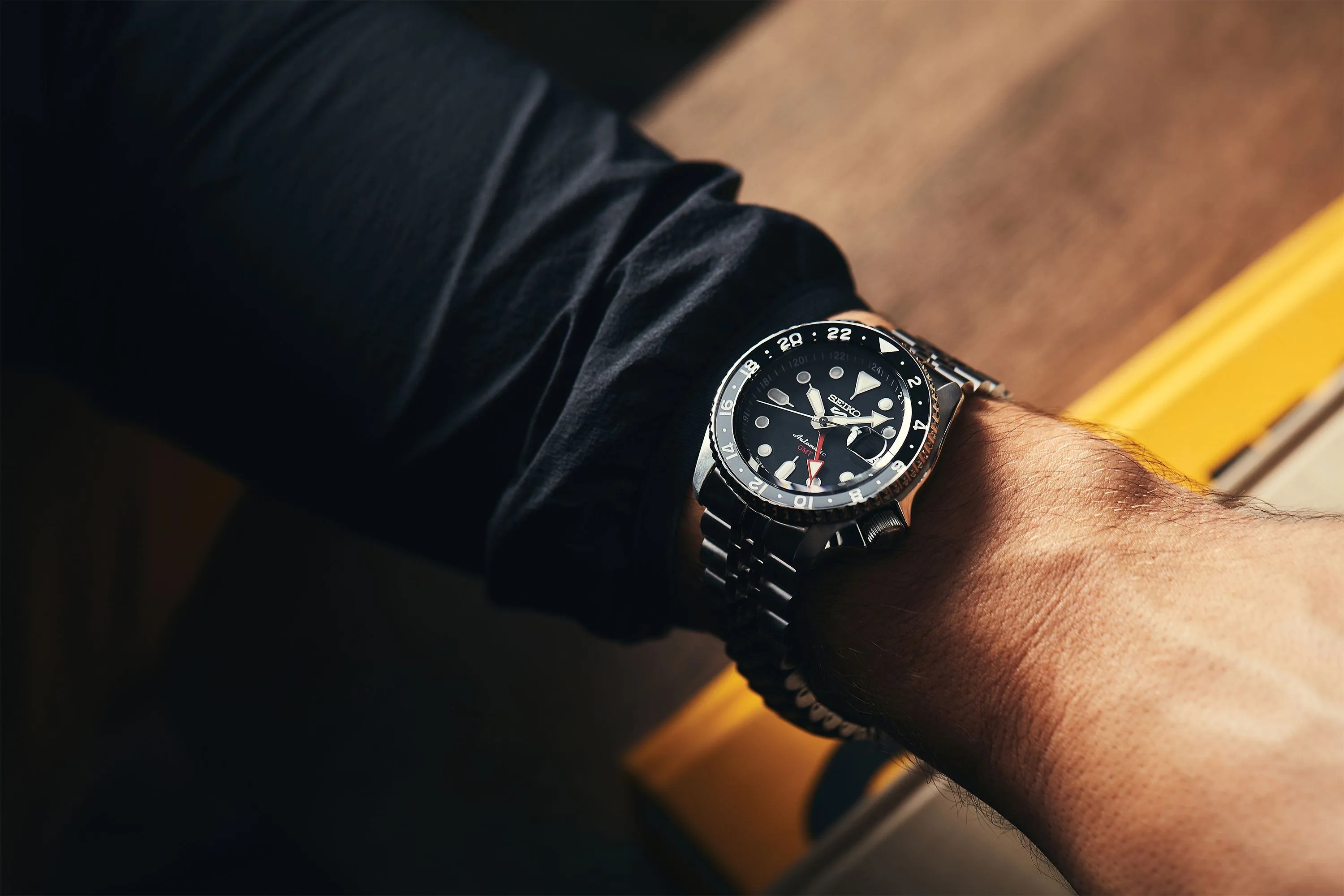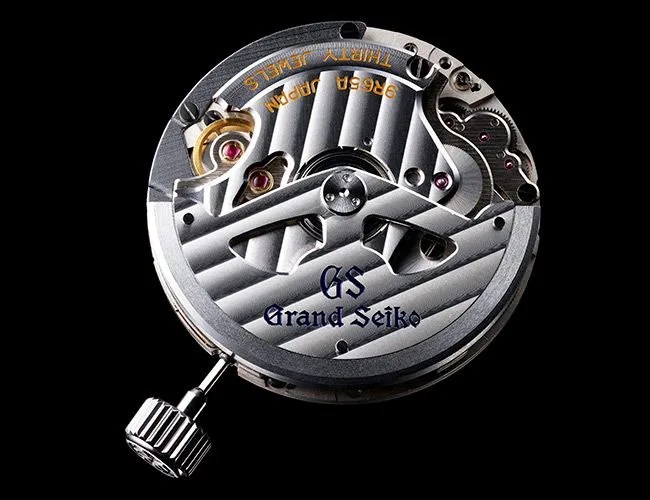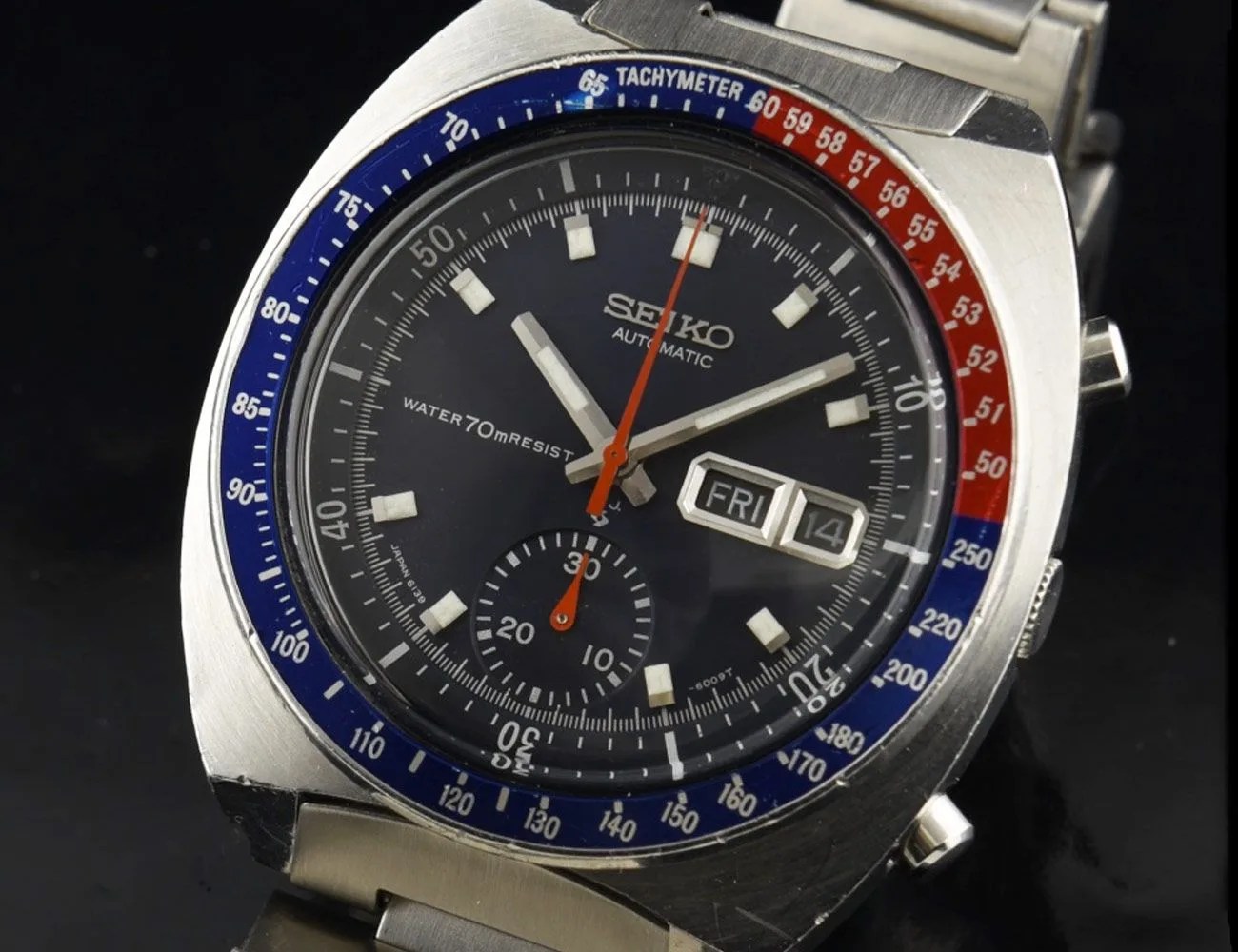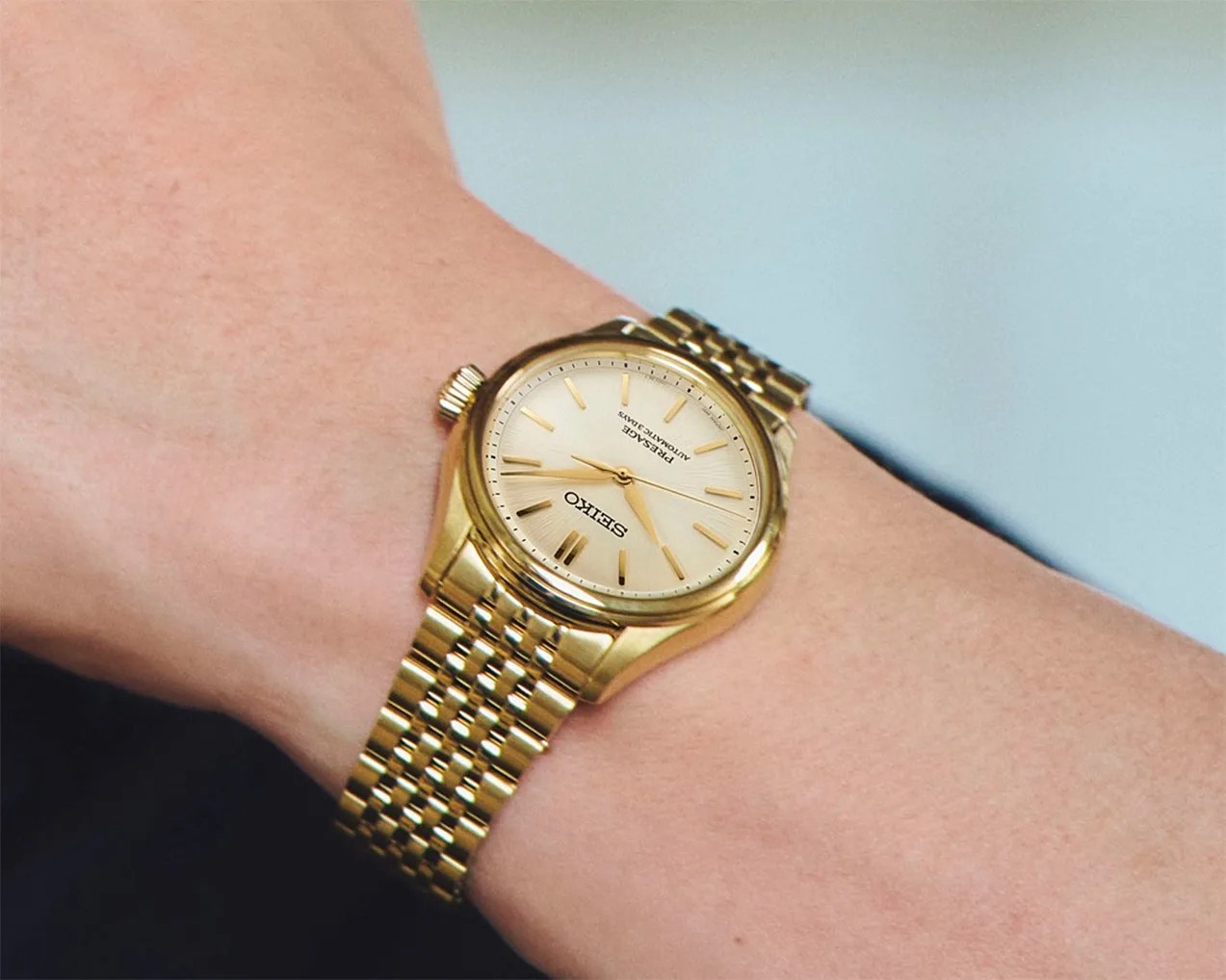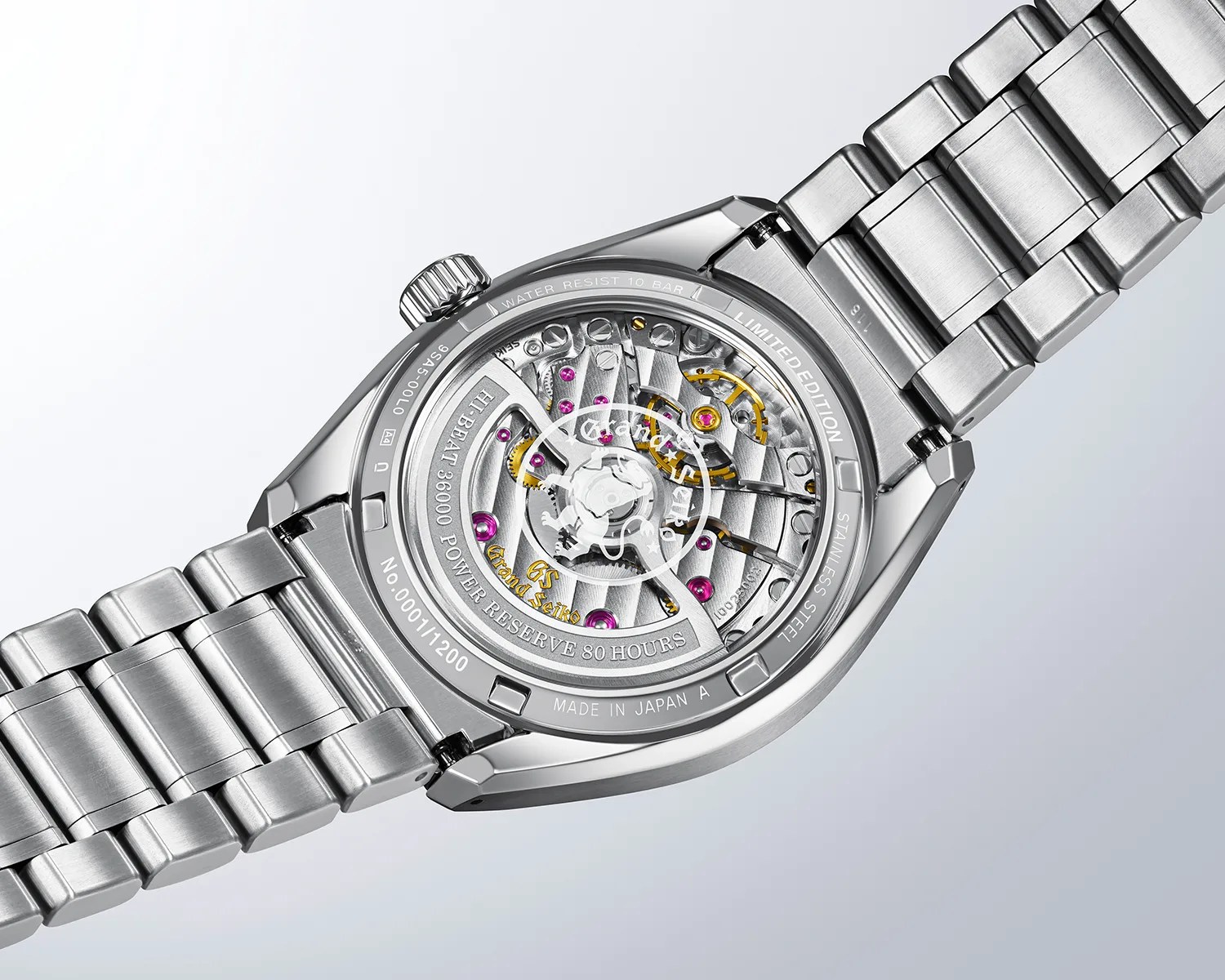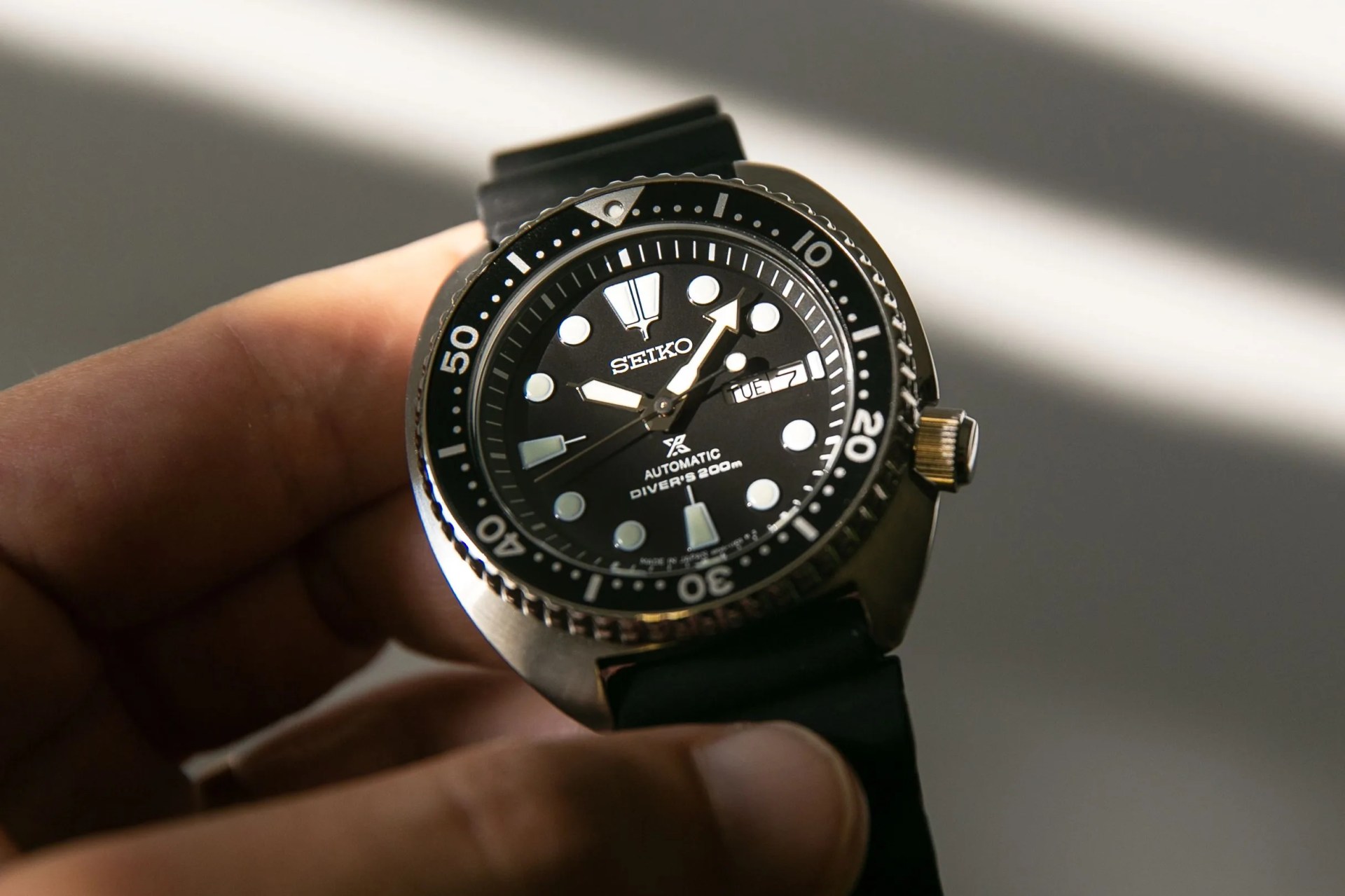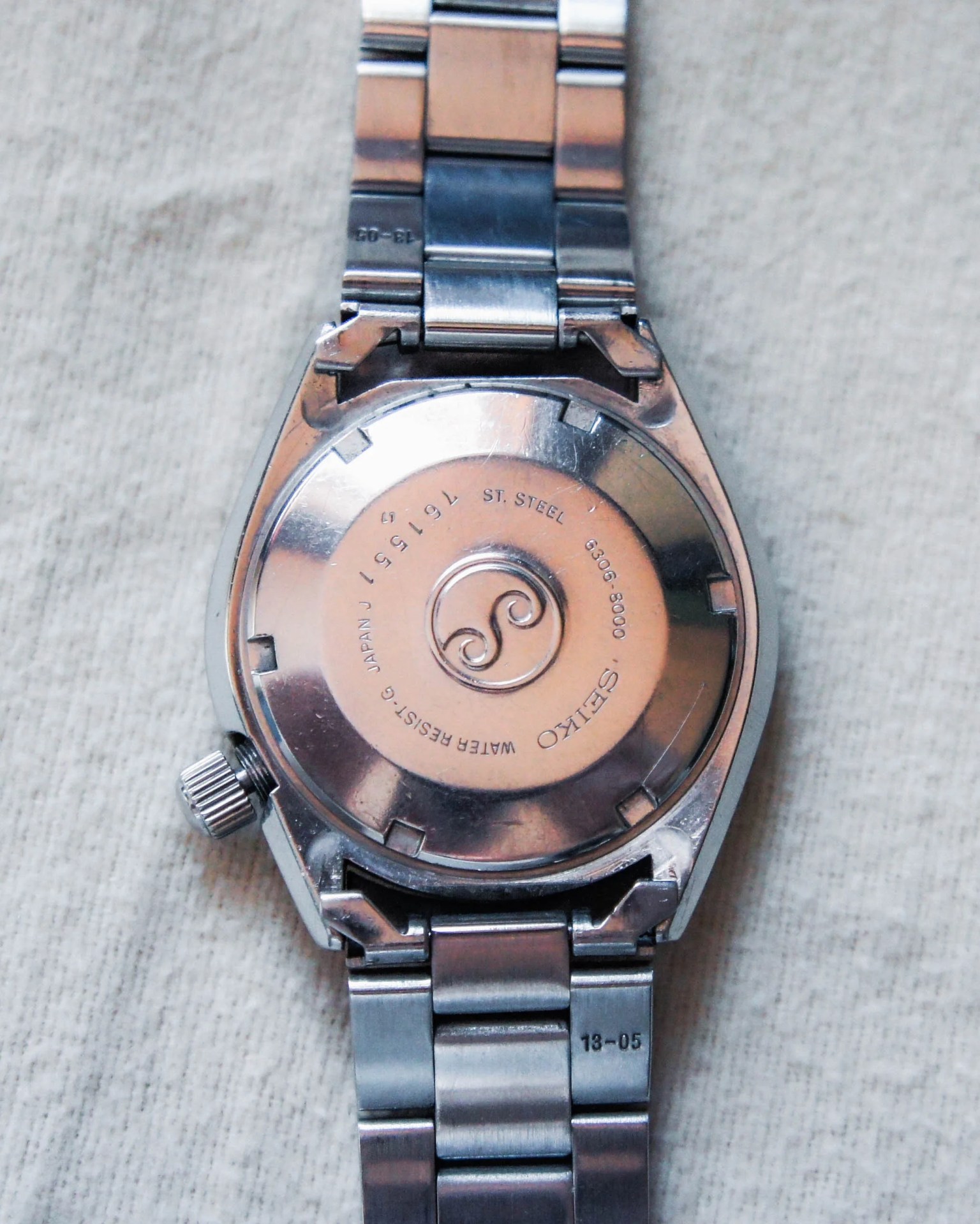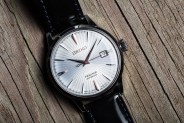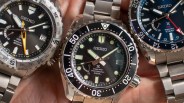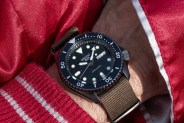Seiko is one of the most beloved watch brands in the world because it offers unrivaled value at every price level, across a vast catalog of designs that covers every imaginable taste and need.
When fans are initially drawn to the Japanese king of watchmaking, it is often through the combination of looks and affordability. But anyone who digs a little deeper — and it is hard not to get hooked and sucked in — quickly learns that the secret to Seiko’s success is its movements.

From the beginning, Seiko has done everything in-house, making it one of the few vertically integrated watchmakers in the game. The lack of middlemen allows the brand to continuously push innovation while keeping prices low.
Countless watch enthusiasts began their journey into the world of automatic movements with a Seiko, exemplified by the legendary SKX dive watch, dubbed “the watch that launched a million collections.”

Seiko’s research and development department has pushed the boundaries of what mechanical movements can do, from releasing one of the first mechanical chronographs in 1969 to making automatic GMTs accessible to everyone in 2022.

